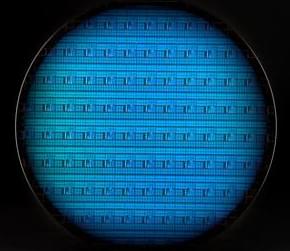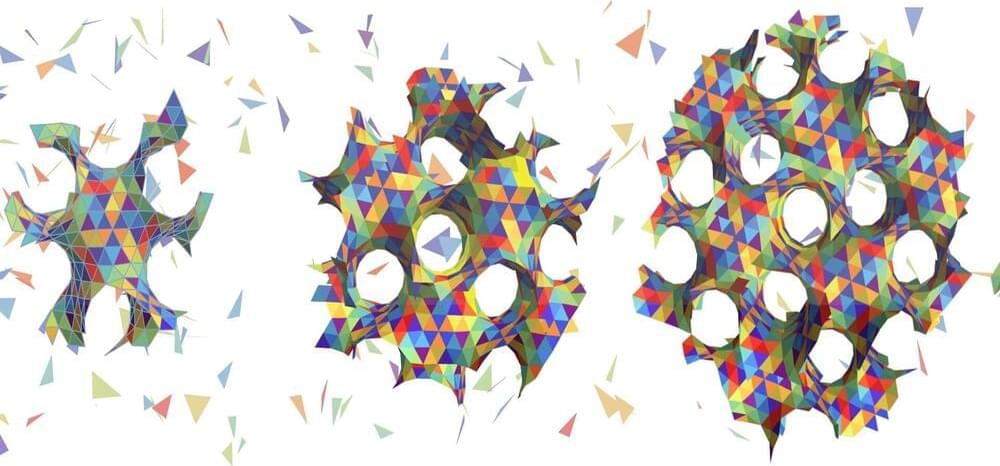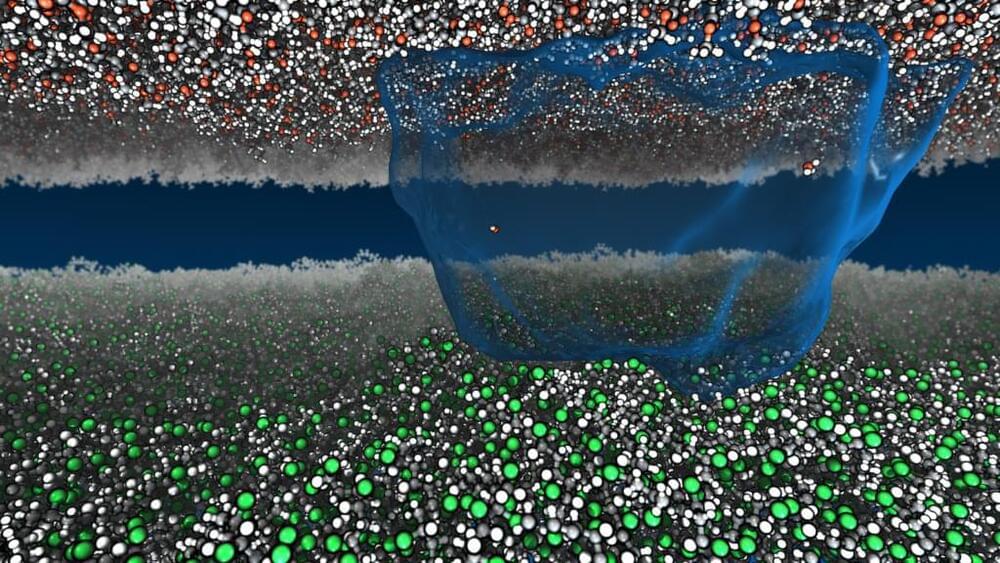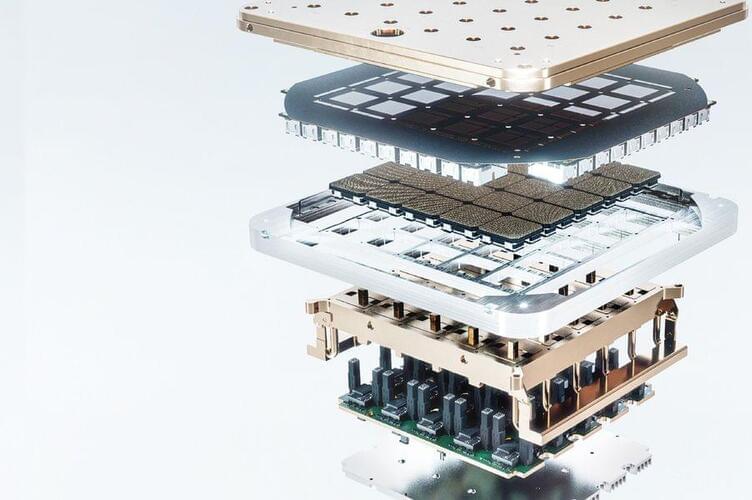Research published in Nature demonstrates high qubit control fidelity and uniformity in single-electron control.
SANTA CLARA, Calif., May 1, 2024 —(BUSINESS WIRE)—Today, Nature published an Intel research paper, “Probing single electrons across 300-mm spin qubit wafers,” demonstrating state-of-the-art uniformity, fidelity and measurement statistics of spin qubits. The industry-leading research opens the door for the mass production and continued scaling of silicon-based quantum processors, all of which are requirements for building a fault-tolerant quantum computer.
Quantum hardware researchers from Intel developed a 300-millimeter cryogenic probing process to collect high-volume data on the performance of spin qubit devices across whole wafers using complementary metal oxide semiconductor (CMOS) manufacturing techniques.









